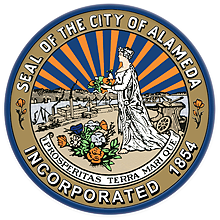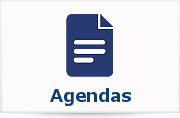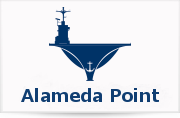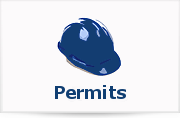This week, you will concentrate on finding an appropriate bin for your supplies and an appropriate place to store it. You will fill it with the food you collected last week, as well as other supplies that you will likely need in the event of an earthquake or other disaster.
How prepared are you? Take this 1 question quiz!

What: Your best container is an air-tight, water-tight, heavy-duty storage bin, cabinet, or even small shed that you can keep in a protected place. You can also use a large duffle bag, but if you will be storing it outside, you should wrap it in a heavy-duty garbage bag.
Where: The best storage spot is a protected place outside your house. If that’s not possible, find a spot where you can store the supplies indoors so they’re not in your way on a day-to-day to basis (e.g., a closet, cupboard, or shelf).
Items in the bin should include but not be limited to:
- A bulk of the water and food you have collected (see Weeks 1 and 2)\
- Copies of important documents (see Week 4)
- Clothing (be sure to include warm clothes and rain protection)
- Shoes (typically flat shoes or sturdy ones)
- Toiletries
- Blankets or sleeping bags
- An emergency tent
- Tarps
- Duct tape
- Tools: Wrenches to turn off gas and water, hammer (for prying or hitting), work gloves, goggles, and dust masks
- Heavy-duty plastic bags (for trash, water protection, or toileting)
- First aid and medical supplies (include prescription medications and contact lens supplies)
- Pet supplies: Food, leash/harness, carrying cases (for smaller animals), photos (in case they go missing), vaccination records
Please note: It is very important to have pets microchipped and tagged, as they may run away in the event of an earthquake or other disaster.
For more information, please see:
FEMA: Disaster Supplies Checklist
Ready.gov: Basic Disaster Supplies Kit






